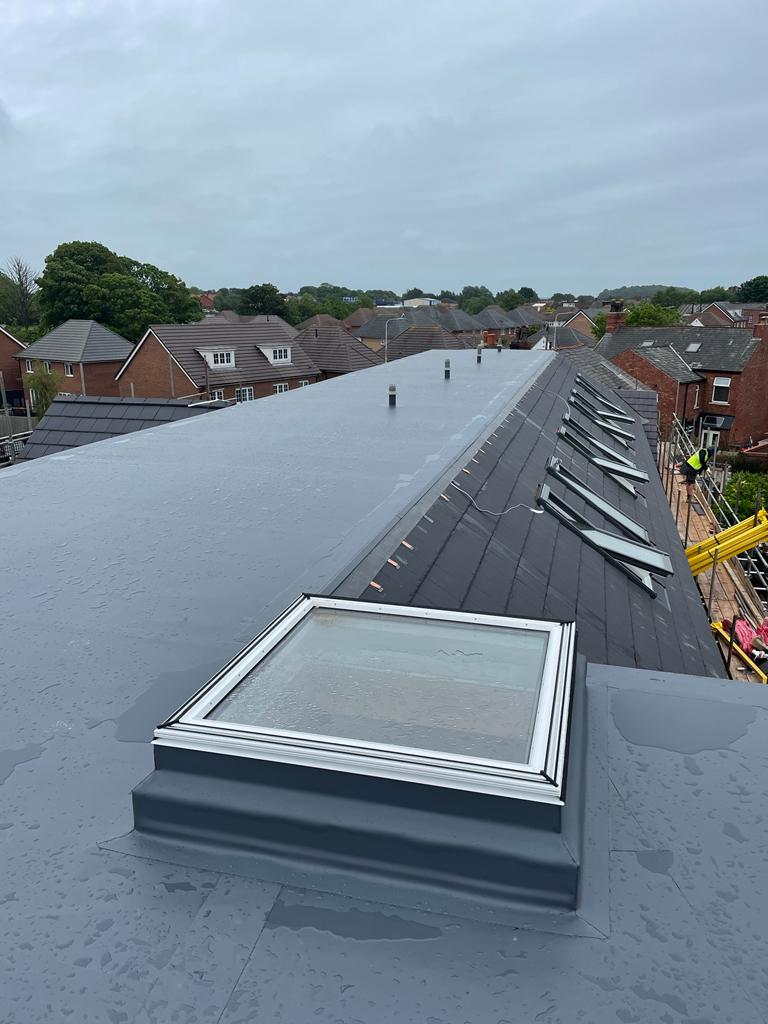In our recent blogs we have discussed the fire safety regulations and testing related to single ply roofing. Another aspect of fire safety is non combustible insulation. But what is this? And what are the different types of non combustible insulation for single ply roofing?
What is non combustible insulation?
Insulation is a key component of any single ply roof. The construction layers of such a roof include the vapour control layer, designed to protect the roof deck from moisture, humidity and condensation. The insulation layer will be installed on top of this, and the roof will be completed with a single ply membrane.
Non combustible insulation is a type of roofing insulation that is designed specifically to withstand fire and to not burn.
What are the different types of non combustible insulation for single ply roofing?
There are several different types of non combustible insulation that can be perfect for single ply roofing. These include:
- Stone wool- stone wool is a term often used interchangeably with rock wool and rock mineral insulation. These are insulation boards created by spinning melted natural rock into long fibre strands, captured and condensed into a high-density mat.
- Cellular Glass- cellular glass is another non combustible insulation option which is created with millions of completely sealed glass cells to create light weight, rigid and durable insulation boards.
What are the legal requirements about non combustible roofing insulation?
While installing a single ply roofing system with a B Roof (T4) rating is an important factor to consider for any commercial property, the fire rating of the insulation itself is another matter. In fact, currently, Approved Document B states that non combustible roofing insulation needs to be used where the roof upstand is against habitable space ‘on a relevant building’. This is in addition to balconies on buildings over 18m high, as these are classed as part of the external wall. Beyond these two examples, the guidance is very unclear. This includes for parapet walls, rooflight kerbs, and upstands.
Working practices for non combustible roofing insulation
Due to the unclear nature of the legal requirements at present, new guidance has been produced that states that a combustible insulation board can be used for any flat roof upstand, as long as certain requirements are met. These requirements are:
- The roof upstand must be lower than 150mm above the roof finish/walking surface
- Cannot be thicker than 60mm
- Cannot span across a compartment wall line
- Cannot be against habitable space
For any roof upstand outside of these very specific circumstances, non combustible insulation should be used instead. These need to meet Reaction to Fire Class A1 or A2-s1, d0 to BS EN 13501-1.
What are the considerations for non combustible insulation?
When thinking about combustible insulation it is very important to consider that although the core of an insulation board is made from non-combustible material, the fire safety classification can change depending on the finished product. For example, adding a facing to the insulation board can change the fire performance. This can be as significant as some products moving from an A1 rating to an E rating.
Here at Enviroply Roofing we are leading single ply roofing experts. For more information about fire safety, and roof ratings get in touch with the team today.

